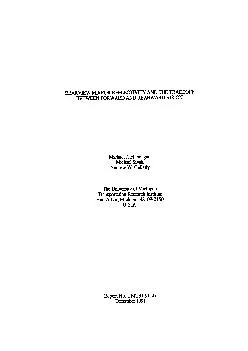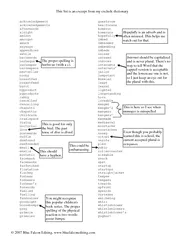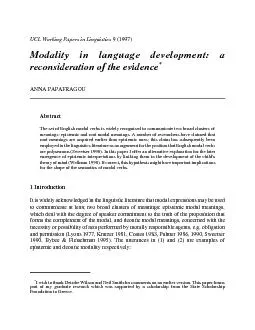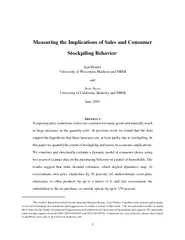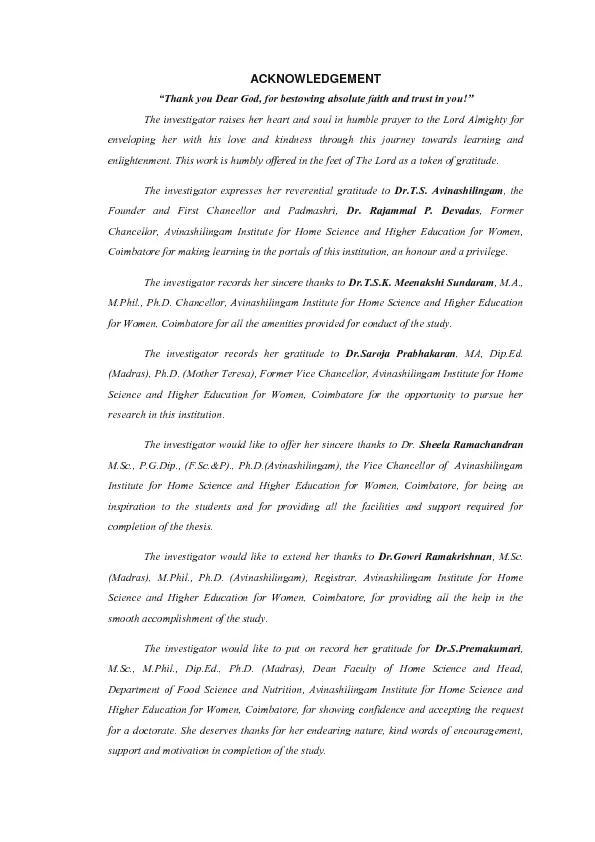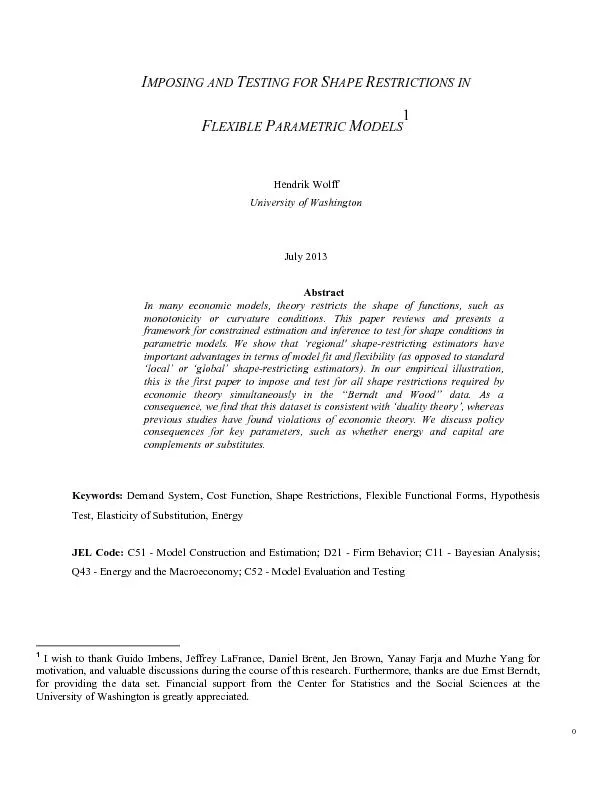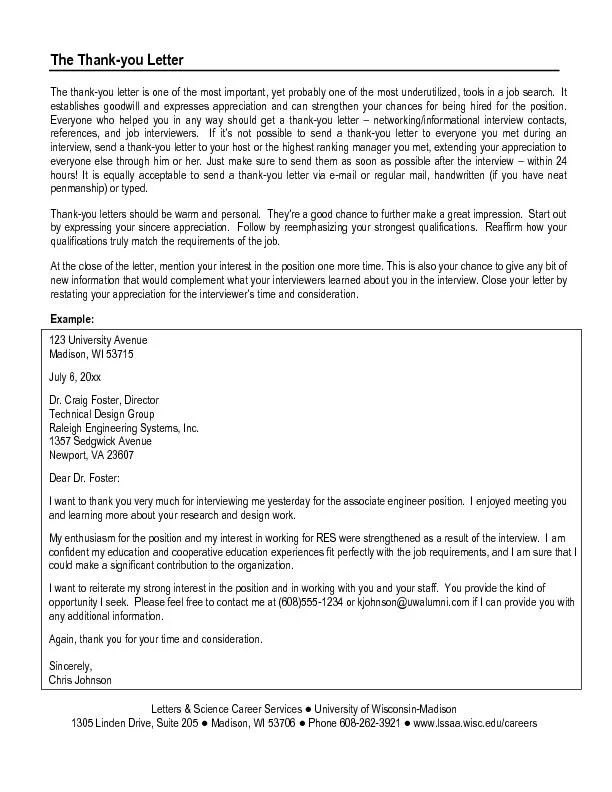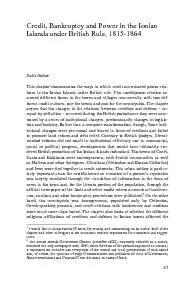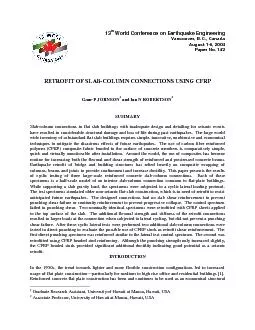PDF-ACKNOWLEDGEMENT We wish to thank
Author : phoebe-click | Published Date : 2015-10-04
Ichikoh Industries Ltd for their this research The increasing availability electrochromics liquid crystals rearview mirror reflectivity promises dramatically improved
Presentation Embed Code
Download Presentation
Download Presentation The PPT/PDF document "ACKNOWLEDGEMENT We wish to thank" is the property of its rightful owner. Permission is granted to download and print the materials on this website for personal, non-commercial use only, and to display it on your personal computer provided you do not modify the materials and that you retain all copyright notices contained in the materials. By downloading content from our website, you accept the terms of this agreement.
ACKNOWLEDGEMENT We wish to thank: Transcript
Download Rules Of Document
"ACKNOWLEDGEMENT We wish to thank"The content belongs to its owner. You may download and print it for personal use, without modification, and keep all copyright notices. By downloading, you agree to these terms.
Related Documents

